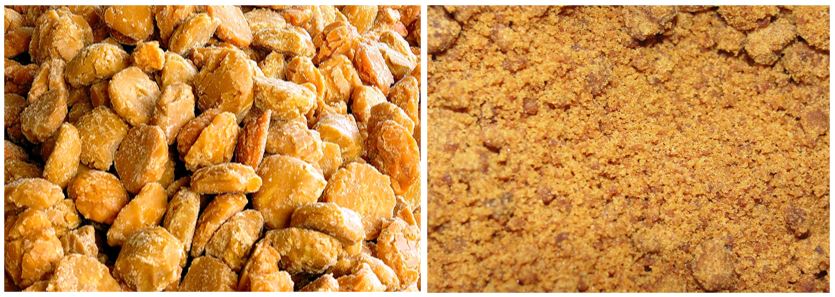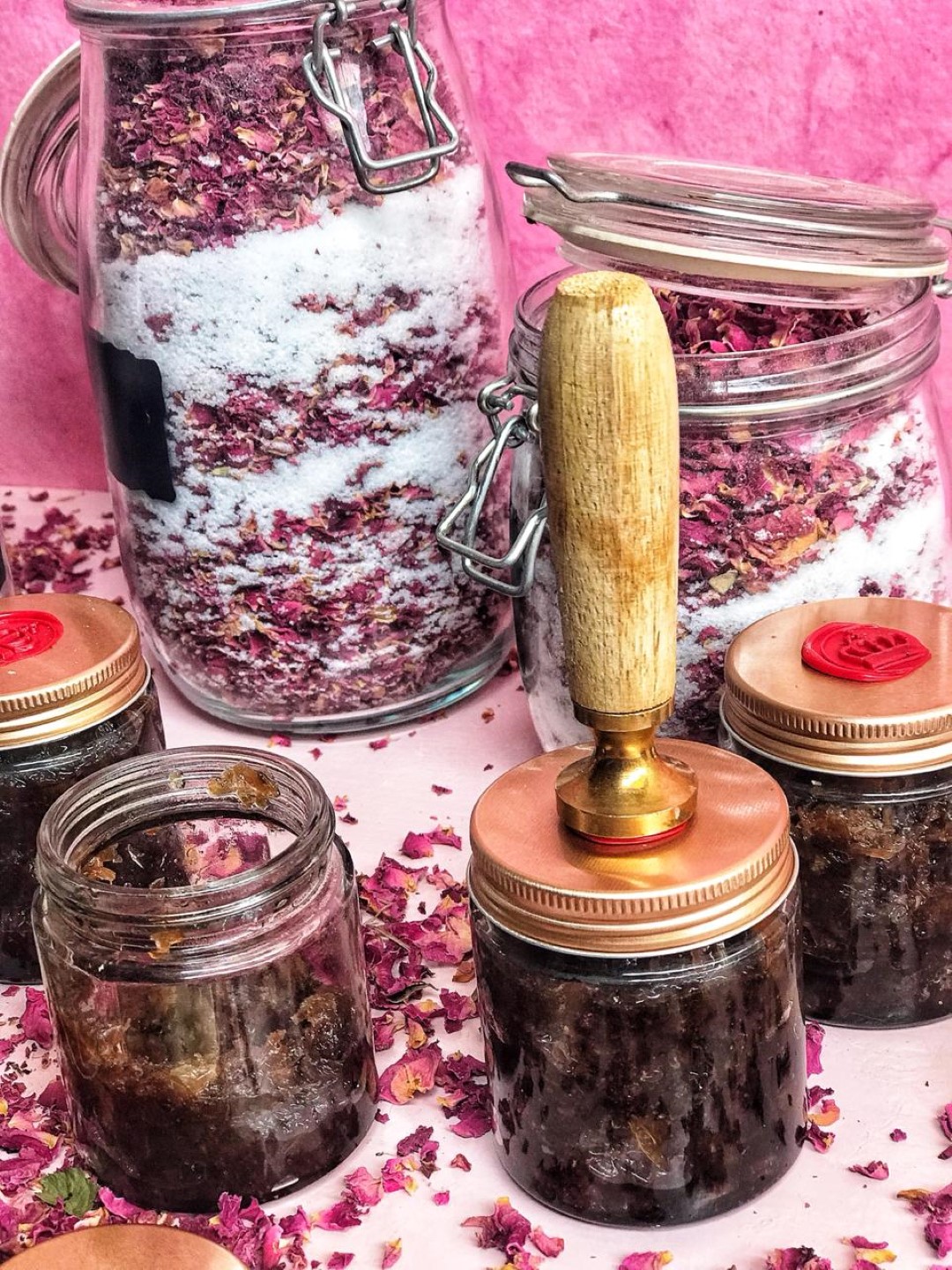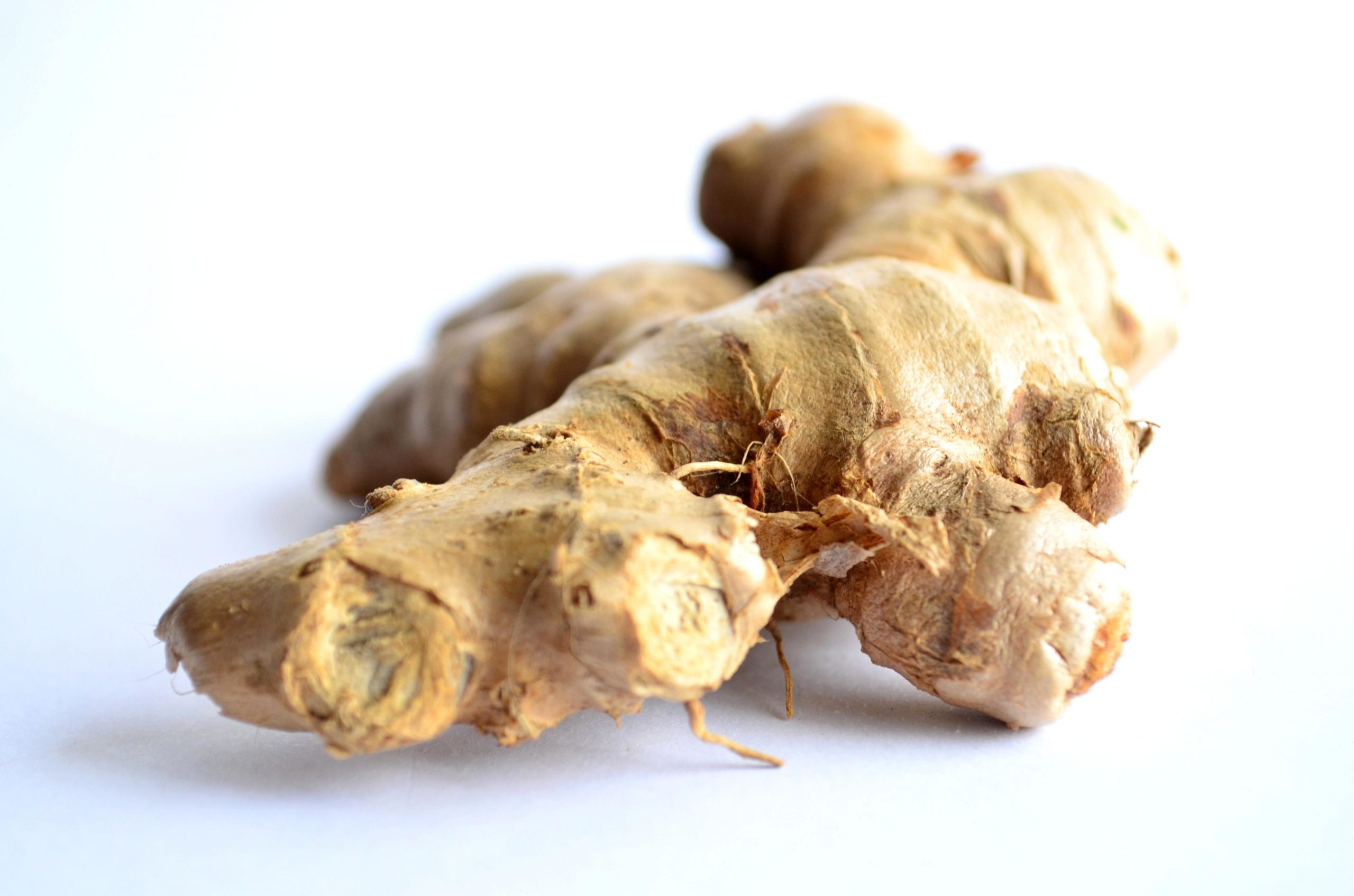
The ketogenic diet has swept across the globe, gaining popularity for its potential health benefits including weight loss, blood sugar control, and even improvement in certain neurological disorders. The strict macronutrient requirements, however, often leave followers wondering about the suitability of various foods for their diet. Today, we’ll delve deep into the world of liverwurst, shedding light on its compatibility with the keto diet.
Keto 101 🥑
Before we explore liverwurst, it’s vital to understand the basic principles of the ketogenic diet. The ketogenic or “keto” diet is a low-carbohydrate, high-fat diet designed to push your body into a state of ketosis. This metabolic state encourages your body to burn fats instead of carbs for energy, resulting in potential weight loss.
A typical keto diet restricts carbs to 20-50 grams per day, aiming to get 70-75% of daily calories from fat, 20% from protein, and the rest from carbohydrates. These restrictions lead to a thorough examination of our everyday foods, including the traditional delicacy of liverwurst.
Getting to Know Liverwurst 🌭
Liverwurst, also known as liver sausage or Braunschweiger, is a type of German sausage. It’s typically made by grinding pig’s liver with other meats and adding a variety of spices for a unique flavor profile. The mixture is then encased, much like a traditional sausage, and cooked, often by boiling.
This delicacy is known for its rich, distinctive flavor and creamy texture. It’s often spread on bread or crackers, added to salads, or served as a component in appetizers.
Nutritional Breakdown of Liverwurst 📊
A look at the nutritional content of liverwurst reveals why it’s considered a nutrient powerhouse. Here’s a detailed nutritional profile per 100 grams:
| Nutrient | Amount |
|---|---|
| Calories | 300 |
| Total Fat | 25g |
| Saturated Fat | 9g |
| Cholesterol | 190 mg |
| Total Carbohydrates | 3g |
| Sugars | 0g |
| Dietary Fiber | 0g |
| Protein | 14g |
| Sodium | 800 mg |
| Vitamin A | 3300 IU |
| Vitamin B12 | 8.8 mcg |
| Iron | 5.4 mg |
| Zinc | 4.2 mg |
Liverwurst is rich in essential nutrients like Vitamins A and B12, iron, and zinc, making it an excellent choice for nutritional density. It also contains a significant amount of fats and proteins, both of which are crucial for a keto diet.
Liverwurst on Keto: A Perfect Pair? 👼
Given its nutritional breakdown, liverwurst can fit comfortably into a keto diet. It is low in carbohydrates and high in fats and proteins, aligning well with the macronutrient requirements of a ketogenic lifestyle. Additionally, it offers a rich source of essential nutrients, which are key for overall health and well-being.
However, it’s important to consider potential variations in liverwurst recipes. While traditional liverwurst should be keto-friendly, some commercially prepared varieties may contain added sugars or other carb-rich fillers. Always check the nutrition label and ingredient list when buying liverwurst.
Incorporating Liverwurst into Your Keto Diet 🍽
With its bold flavor and creamy texture, liverwurst can be a versatile addition to your keto meals. Here are five keto-friendly ways to enjoy liverwurst:
- Liverwurst Dip: Blend liverwurst with cream cheese, garlic, and herbs for a rich, flavorful dip. Serve it with cucumber slices or bell pepper strips for a satisfying snack or appetizer.
- Liverwurst Salad: Chop liverwurst and mix it with hard-boiled eggs, mayonnaise, and pickles for a protein-rich salad.
- Stuffed Avocados: Stuff half an avocado with liverwurst for a high-fat, nutrient-dense lunch.
- Keto-friendly Liverwurst Pate: Blend liverwurst with cream cheese, butter, and herbs for a delicious keto-friendly pate. Serve it with raw vegetables or keto crackers.
- Liverwurst and Egg Breakfast: Sauté liverwurst with eggs for a high-protein, low-carb breakfast.
In Conclusion 👍
Liverwurst can indeed be suitable for a keto diet, provided you select types without added sugars or other high-carb ingredients. It offers a wealth of nutrients and can be incorporated into a variety of meals, making it a versatile and beneficial addition to your keto lifestyle. The keto diet need not be a monotonous one – by adding a diverse range of keto-friendly foods like liverwurst, you can ensure it is both nutritionally balanced and exciting.













